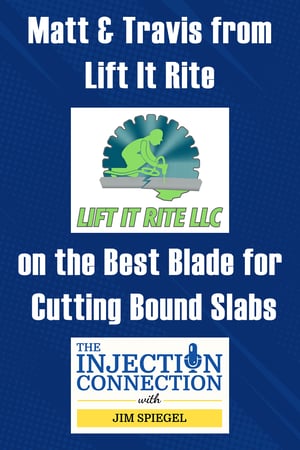
 As the Director of Technical Services for the Leak Seal division at Alchemy-Spetec, I often find myself assisting customers with some interesting jobs. Such was the case when I was called in to consult with a contractor who was sealing a leak in a historic district below-grade, multi-course brick wall. As is often the case with below grade, historic spaces, water infiltration was unsightly, gave off a musty odor, and was damaging to finishes. This was a very old brick wall, approximately 8 x 15 feet in size and at least three courses thick. The owner wanted to find a way to waterproof this vintage brick structure while at the same time preserving its unique appearance. In addition to the water flow issue, the leaks were causing mold/mildew on the walls.
As the Director of Technical Services for the Leak Seal division at Alchemy-Spetec, I often find myself assisting customers with some interesting jobs. Such was the case when I was called in to consult with a contractor who was sealing a leak in a historic district below-grade, multi-course brick wall. As is often the case with below grade, historic spaces, water infiltration was unsightly, gave off a musty odor, and was damaging to finishes. This was a very old brick wall, approximately 8 x 15 feet in size and at least three courses thick. The owner wanted to find a way to waterproof this vintage brick structure while at the same time preserving its unique appearance. In addition to the water flow issue, the leaks were causing mold/mildew on the walls.
We proposed injecting Spetec PUR AG200, a high-strength elastic acrylic injection resin, into the cementitious grout between the bricks where the water was migrating through. In order to monitor the efficacy of this leak seal job, we employed the QP Factor® leak seal testing and quality control system. As stated on our website, “The QP Factor® system offers quantifiable water flow, pressure, and flow/pressure metrics before and after leak seal injection that will provide clients, contractors, and design professionals the industry’s first patented method for proving Leak Seal® success.
The method of testing requires additional drill holes to be placed at pre-determined locations along the crack, joint, or substrate being sealed. Prior to injection of chemical grouts such as Spetec PUR F400, Spetec AG200, or Spetec PUR GT500, the test hole is connected to a digital touch-screen device that is calibrated to provide water pressure, flow, and flow/pressure information that is extractable in excel format from a convenient USB port.”
We ran the QP Factor® system on three test areas in the wall before beginning the injection process. This revealed to us the amount of water that was flowing through the wall. After injecting Spetec PUR AG200 into the existing cementitious grout around the bricks in two of those test areas, we ran the QP Factor® tests again and realized that wouldn’t have to inject the third area due to the efficacy of the Spetec PUR AG200.
Screenshots from the QP Factor program...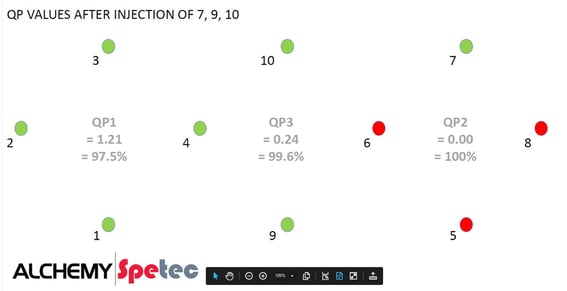
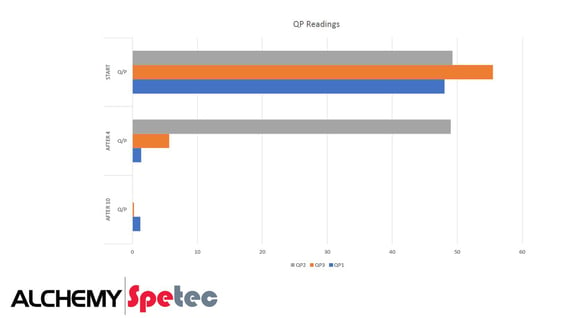
In addition to stopping the water flow, sealing the leaks made it possible for the bar owner to keep the walls clean in appearance. See the treated area of the brick wall vs a non-treated area.



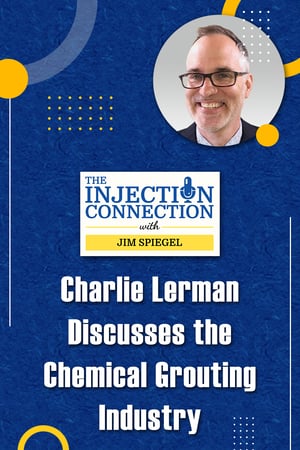 On this episode of
On this episode of 
 A self-described philanthropic entrepreneur, David Park is committed to creating value-driven opportunities that are both scalable and profitable. He has spent the last 15 years developing communities, organizations, and businesses by leading them to discover their full potential, develop a wider vision, and determine the best course of action to achieve their goals.
A self-described philanthropic entrepreneur, David Park is committed to creating value-driven opportunities that are both scalable and profitable. He has spent the last 15 years developing communities, organizations, and businesses by leading them to discover their full potential, develop a wider vision, and determine the best course of action to achieve their goals.

 With over 10 years of experience, Joel has a broad understanding of general practices in the construction and services industries. He has spent the last 6 years focused on ground improvement by use of chemical grouting with structural polymers, and possesses both technical and marketing expertise. His background includes contract negotiations, injection plan design, project management, market education, and hands on application of a variety of polymer solutions. Joel utilizes his industry knowledge to assist contractors with marketing strategies, material needs, and product application. Located in the Pacific Northwest, he enjoys his spare time in the great outdoors.
With over 10 years of experience, Joel has a broad understanding of general practices in the construction and services industries. He has spent the last 6 years focused on ground improvement by use of chemical grouting with structural polymers, and possesses both technical and marketing expertise. His background includes contract negotiations, injection plan design, project management, market education, and hands on application of a variety of polymer solutions. Joel utilizes his industry knowledge to assist contractors with marketing strategies, material needs, and product application. Located in the Pacific Northwest, he enjoys his spare time in the great outdoors.
 With 1,350 miles of coastline, Florida is home to countless seawalls. If you're a property owner or manager in the Sunshine State, you have landed in the right place. Alchemy-Spetec provides
With 1,350 miles of coastline, Florida is home to countless seawalls. If you're a property owner or manager in the Sunshine State, you have landed in the right place. Alchemy-Spetec provides 

 In January of 2020, Alchemy-Spetec launched
In January of 2020, Alchemy-Spetec launched 








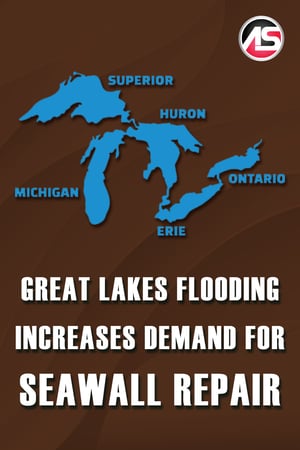

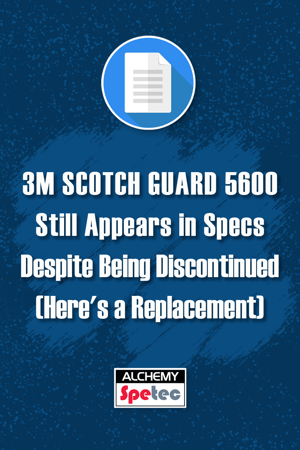


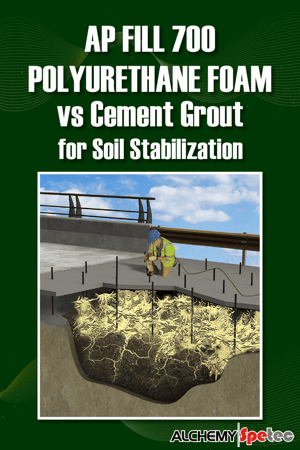 One request we often receive is to explain the difference between
One request we often receive is to explain the difference between 


